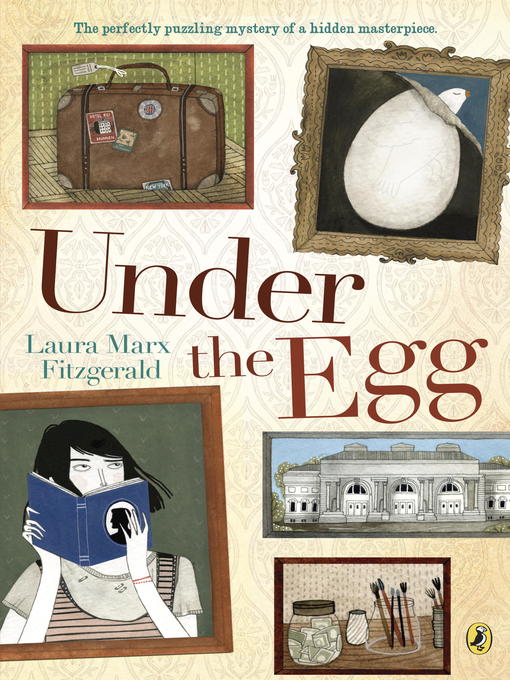

On the last page of the book, Jack, Theo’s grandfather, writes her one final letter.

How does the author weave facts into this fictional story? What are these facts? How can you tell the facts from the realistic fictional moments? What is the overall effect of mixing facts with fiction? How does it affect you as a reader? This will help you talk about how birds are used in the book. Why does the author use this imagery in the text? With your child, you might make a chart to record the imagery found in each chapter. Why might the author weave more than one mystery within the plot? Remember to explain where you found your ideas from the text.īird imagery is found throughout the story. There are other smaller mysteries found in this story. This book is a mystery that focuses on the discovered painting, how it came to be painted over, and why it is now sitting on the mantle in Theodora’s house. What is the significance of the title, Under the Egg? What does the title mean literally? How about figuratively – what does it mean figuratively? Agent: Sara Crowe, Harvey Klinger.Here are some examples to get you started: Offer this to fans of Blue Balliett who like sophisticated adventures. At first, the frame device (Martha tells the story in flashback as she celebrates her 100th birthday) seems superfluous, but the neat ending wraps up the mystery in a satisfying way. Sewell may be sending through the paintings that hang in the eponymous gallery. Fitzgerald (Under the Egg) stuffs the story with period detail: the Herbert Hoover/Al Smith presidential race, Sacco and Vanzetti's execution, and women's suffrage all figure in the plot as Martha, sensing something amiss, tries to decode the messages Mrs. Archer Sewell, a newspaper mogul with a problem straight out of Jane Eyre: a mad wife locked away upstairs (with an art collection that would make curators drool). Martha's Irish immigrant mother gets her a job as a maid at the Fifth Avenue mansion where she keeps house for J. This cleverly constructed historical mystery stars 12-year-old Martha O'Doyle, expelled from her Brooklyn parochial school in 1928 for what Sister Ignatius deems cheekiness but others might call curiosity.


 0 kommentar(er)
0 kommentar(er)
